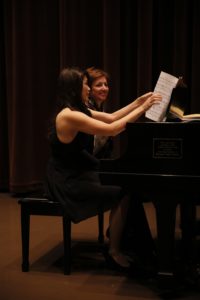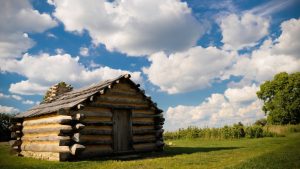Anda, Jaleo (Come on, Jaleo) by Federico Garcia Lorca (1898-1936)
Zorongo by Federico Garcia Lorca
Tres Morillas (Three Moorish girls) by Fernando Obradors (1897-1945)
El Vito (The Vito*) by Fernando Obradors
*The Vito is a dance from Andalusia in southern Spain.
Escenes de l’exili (Scenes from Exile) by Enrique Granados (1867-1916)
Canto gitano (Gypsy song) by Enrique Granados
Elegia eterna (Eternal elegy) by Enrique Granados
“Carceleras”(Jailers) from Las hijas del Zebedeo (The daughters of Zebedee) by Ruperto Chapí (1851-1909)
Clarice Warrick, soprano and Lucy Wenger, piano
A program for Piano 4 hands

Orchestral Suite No.2 in b minor, Minuet and Scherzo by J.S. Bach (1685-1750)
Orchestral Suite No.3 in d major, Air by J.S. Bach
Vocalise Op.34 No. 14 by Sergei Rachmaninoff (1873-1943)
L’enfant prodigue (The prodigal son), Prelude by Claude Debussy (1862-1918)
The Young Prince and Princess (Scheherezade,Op.35) by Nikolay Rimsky-Korsakov
Neapolitan Song by Luigi Denza (1846-1922)
Risa Jun and Yelena Balbanova (guest artist), piano


